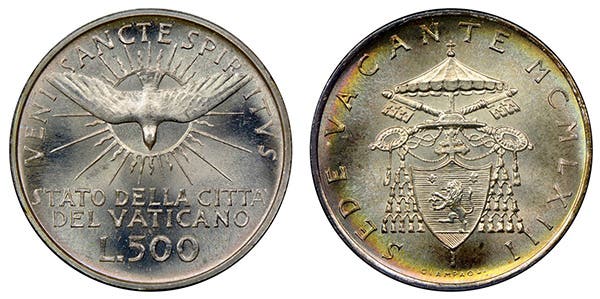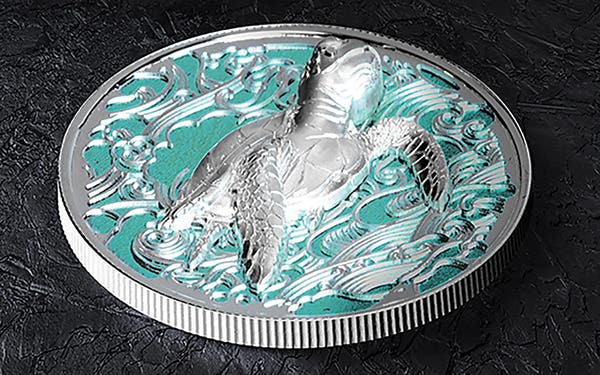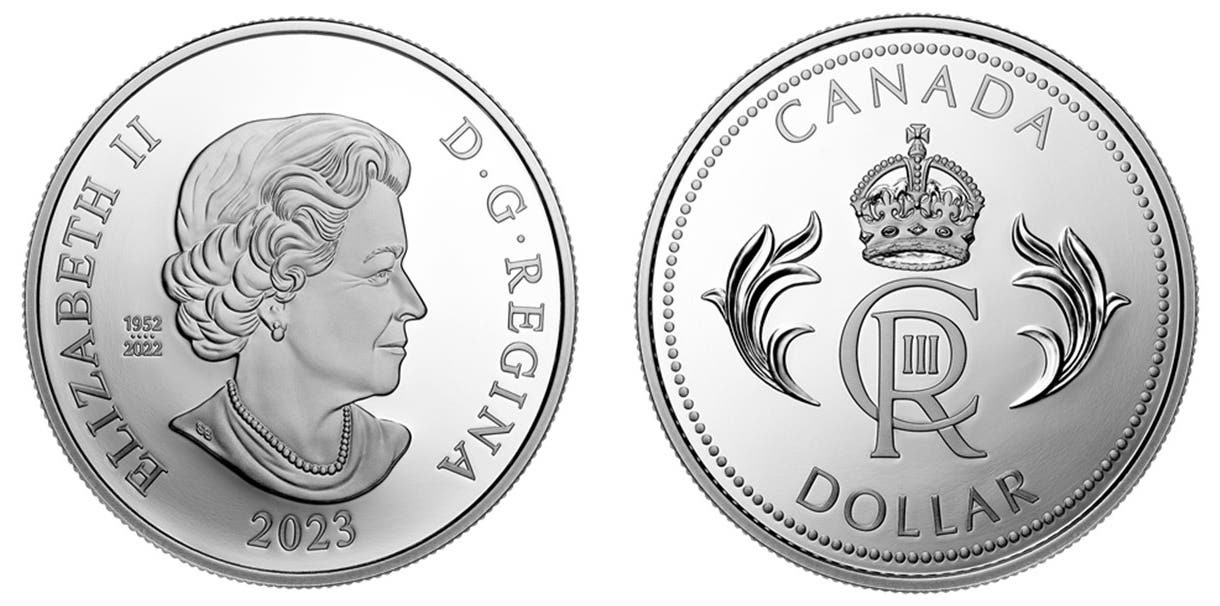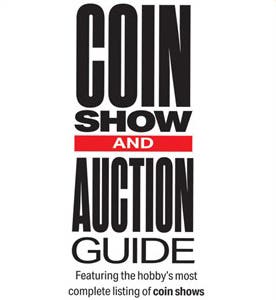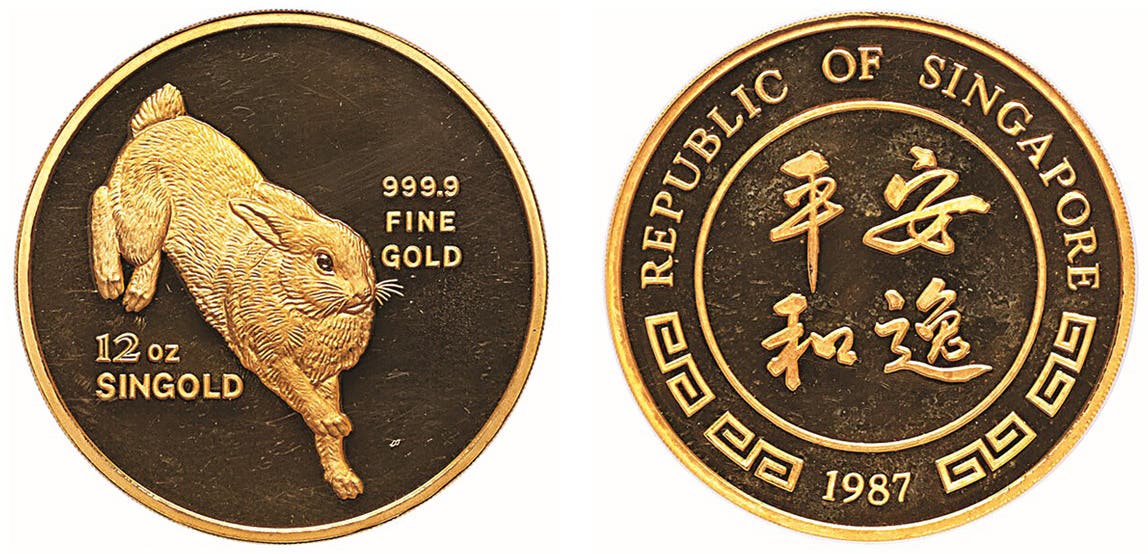Is Coin Collecting ‘For The Birds?’
People who don’t collect coins sometimes view those of us who do as being odd and introverted. Bird watchers are viewed in a similar manner by those who aren’t familiar…
People who don’t collect coins sometimes view those of us who do as being odd and introverted. Bird watchers are viewed in a similar manner by those who aren’t familiar with that pastime.
How would you as an outsider to either pastime react to a cross pollination of the two hobbies, especially when a birdwatcher encounters a 2,000-year-old cache of Celtic gold coins estimated to be worth about £845,000 or close to $1.5 million US?
Admittedly, the unnamed individual is also a metal detecting enthusiast. He was quoted by Treasure Hunting magazine as saying, “Although I am a keen detectorist, that evening I was doing a bit of bird watching. After watching a dogfight between a buzzard and a pair of magpies I stared down and spotted something lying in a bit of the deep ploughed soil which ran around the edge of the field. I bent down and picked up what I thought was an old washer, rubbed it and felt its thickness. I saw the glint of gold and realized it was a beautiful Celtic gold stater, which made me sit down in sheer shock. I then spotted the second coin two feet away and rushed home to get my [detector].”
Using his metal detector the individual encountered the rim of a jug or urn in which the coins were stored about 18 inches under the ground.
He explained, “‘Gently lifting it up a cascade of coins fell out, a vision which will remain with me for the rest of my life. I had to sit down to get my breath back. I had only come out for a walk and found a Celtic hoard,” continuing, “I came off the field with a spade, detector, and two heavy swinging shopping bags praying the thin plastic handles would hold the weight.”
What he discovered was about 1,300 coins, all dating from about AD 40 to 50. Treasure Hunting magazine Editor Jules Evans-Hart suggested, “‘It is possible that they may form a deposit as a war chest for Boudicca’s eastern campaigns.”
The AD 60 to 61 Boudiccan Revolt against the Romans was led by Iceni tribal queen Boudicca. The Iceni lived in what is now Norfolk and parts of Suffolk and Cambridgeshire. Boudicca became queen upon the death of her husband Prasutagus, who had ruled on behalf of the occupying Roman army. Rome moved to confiscate all Iceni property following Prasutagus’ death, resulting in the revolt.
Camulodunum (now Colchester), Londinium (London), and Verulamium (St Albans) were burned to the ground by the Iceni. Thousands on both sides were killed. The townspeople at Camulodunum were captured and sacrificed in nearby groves by the Boudiccan army. Boudicca was eventually defeated, then paraded with her three daughters through the streets of Rome before being executed.
Details of the coins were not available at the time this article was being written. The coins were still being examined by a local coroner, as is appropriate under British treasure trove laws. It is the coroner who determines if the finder must offer to sell the coins to a museum at a set price or if the finder can keep them. The owner of the field shares in the proceeds as well.
According to Coins of England and the United Kingdom published by Spink, “The introduction of legends around the beginning of the millennia led to the adoption of a new obverse design of back to back crescents [on Iceni coins]. The continuation of the coinage after the Roman invasion is attested by the coins of King Prasutagus. Some of the Face/Horse units (No. 434) have been attributed to Queen Boudicca.”
Coin No. 434 is a silver unit on which a face appears right on the obverse, with horse advancing right on the reverse. Gold staters and quarter staters as well as silver units, half units, and fractional units were issued by the Iceni during the mid- to late first century BC. Prasutagus issued a unit on which a Romanized head faces left on the obverse, with a rearing horse facing right on the reverse. The legend on this coin translates to ‘Under King Prasto, Esico made me.’ Esico was the moneyer.
It is understood the individual coins could be valued as high as £650 (about $880 US). This surpasses the previous record find of Celtic coins, that being 850 coins discovered in 2008 at Wickham Market, Suffolk.



